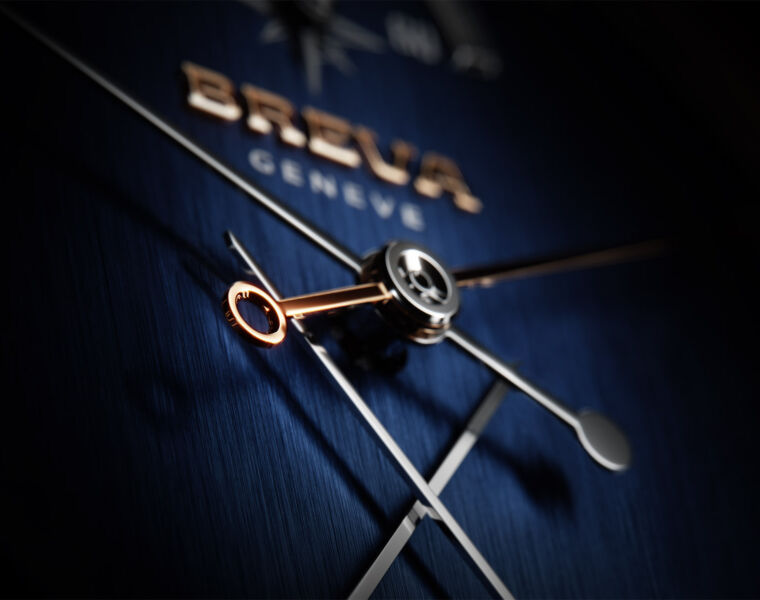Jaeger-LeCoultre is honoured to celebrate Her Majesty Queen Elizabeth II’s sixty years on the throne by creating a special Atmos du Millénaire clock issued in a limited edition of three pieces with Her Majesty Queen Elizabeth’s lineage engraved on.
Displaying the hours, months and perpetual moon phase, this celestial millennium-bestriding mechanism, is destined to measure out the years one by one until 3000, going well beyond the standard human conception of time.
The Atmos is one of the jewels in the Jaeger-LeCoultre crown.
Combining innovation and design to give life to a clockmaking philosophy beyond the reach of time. The miraculous technical feat of using only the smallest variations in ambient temperature to track and display the indefatigable progress of the hours and minutes on a dial, the Atmos du Millénaire boasts a number of unique functions. The indication of the years celebrates the virtues of the quasiperpetual movement: all the years from 2000 to 3000 are marked around the dial in concentric circles – this is a clock with a lifespan that transcends the usual human conception of time. The months are displayed in the aperture above the circle of the hours, while the moon phase indicator is positioned at 6 o’clock. Sticklers for absolute precision, Jaeger-LeCoultre’s master clockmakers also take the trouble to remind the Atmos’s owner that it will need to be reset periodically – the moon-phase indicator is only accurate to a day every 3,821 years.
Invented in 1928, the Atmos’s quasi-perpetual movement counts the hours, day after day, year after year, without any need for a battery or rewinding – this is a clock that literally lives on air. Its secret lies in the hermetically sealed capsule positioned at the back of the mechanism which can transform variations in ambient temperature into mechanical energy. Each time the latter rises or falls by a single degree centigrade, the mechanism is able to store up enough energy to guarantee 48 hours of function. Only the balance’s extremely slow oscillating speed and its suspension from an incredibly fine elinvar wire guarantee the mechanism’s ability to continue functioning unassisted across the centuries.
Needless to say, the construction of this unique clock is an operation requiring extreme precision. In order to limit energy waste and reduce wear, the movement functions without lubricant – the friction of the latter on the gearwheels would be enough to bring the mechanism to a standstill. A few comparisons will suffice to illustrate the extraordinary technical achievement that is the Atmos: for instance, it may be the largest mechanism produced by Jaeger-LeCoultre, the Atmos uses scarcely a 240th part of the energy required by an ordinary wristwatch. Or, more vividly still, imagine this: it would take 60 million Atmos clocks to equal the energy consumption of a single 15-watt electric light bulb.





You must be logged in to post a comment.